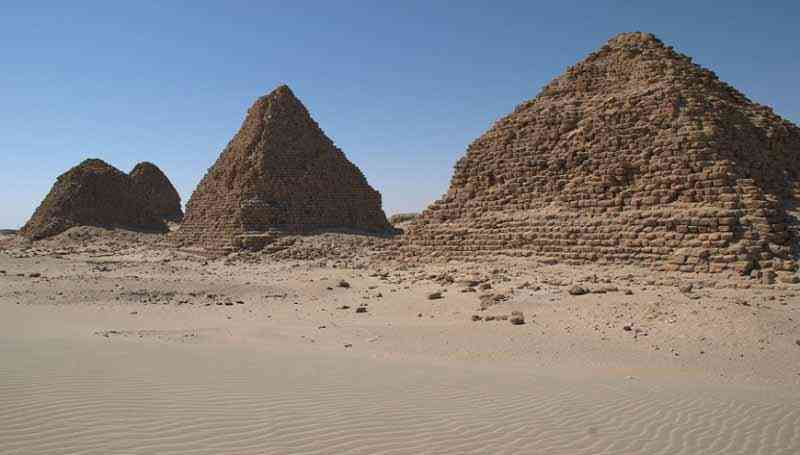
We have not details of the Second Dynasty kings. The first three of them are only considered as three names in the King-Lists. These 3 names were found in the King List at Abydos, and were found on one of the statues' back shoulder related to the Archaic Period, which is displayed nowadays in Cairo Museum. This statue belongs to Htp-di.f, who seemed to have served in the court during the reign of these three kings. However, the order of the Second Dynasty Kings is never fixed. There were not any kings' tombs found at Abydos, which indicates that those kings preferred to settle in the new capital of Memphis and to set up their tombs nearby.
From the remains of some of the Second Dynasty Kings, we found references indicating that some palaces were erected after the 4th year of their reign, in addition to some temples related to different deities, and Sokar in particular. These 3 kings are: Peribsen, Khasekhem, and Khasekhemwy.
King Hetepsekhemwy
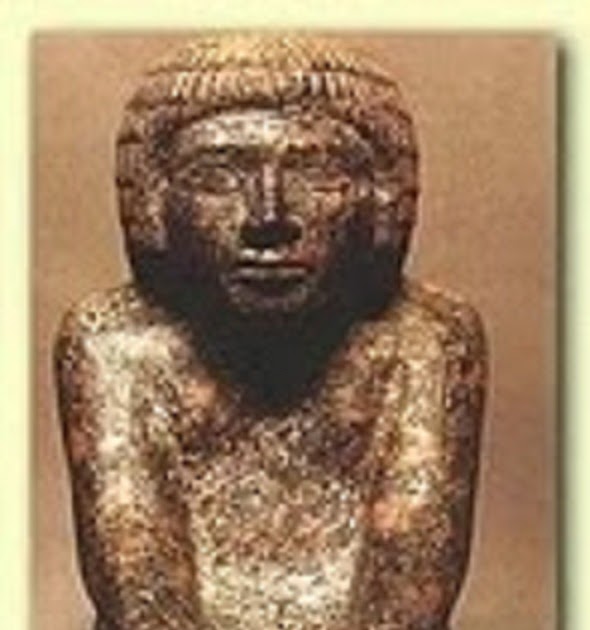
The name "Hetepsekhemwy" means 'The Two Powers are at Peace', with "The Two Powers" referring to Horus and Seth. As to his Nebty name, it was 'The Two Mistresses are at Peace', with "The Two Mistresses" referring to Nekhbet, the vulture-goddess of Nekheb (EI-Kab) and Wadjet, the cobra-goddess of Pe, and Buto who were the patron-goddesses of the South and the North respectively.
This North-South confrontation was not necessarily an actual physical struggle; it more likely referred to the country's tendency to split into two regions at any time of conflict. The royal family built up strong links with the Eastern Delta, and particularly the region of Bubastis: they practiced the cult of the Cat-goddess, Bastet, together with the worship of Soped, a local Falcon-god who was soon assimilated with Horus, son of Osiris.
It was also during this period that the cult of the Sun-god was established, although the name of Re at this stage only appeared in the Horus name of Hetepsekhemwy's successor.
King Reneb
The name "Reneb" means 'Lord of the Sun' or 'Re is my Lord'. Reneb adopted a new religious orientation which would have been favored by the North.
King Ynetjer
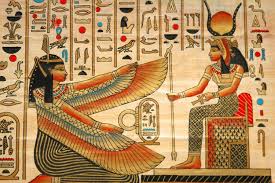
The name "Ynetjer" means 'He who belongs to the god'. Reneb and Nynetjer may have been buried in a pair of tombs under the causeway of the Pyramid of Wenis at Saqqara. This is according to some cylinder seal which bore their names. They have also occasionally been found in the tombs of private individuals or even in those of later kings: the tomb of Khasekhemwy at Abydos contained a cylinder seal bearing the name of Nynetjer, but this is not considered to be raising any doubt about Khasekhemwy's ownership of the tomb.
Kings Weneg and Sened
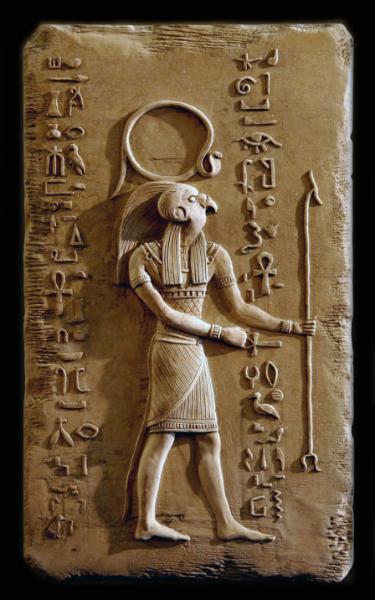
Weneg and Sened, the successors of Nynetjer, are known only from vases inscriptions in Djoser's pyramid complex (apart from references to them in the King-Lists). It is possible that their power was confined to the Memphite area.
Sened was a contemporary to King Peribsen. And a statue for the latter was most probably placed in Sened's tomb. There was a person belonging to the Fourth Dynasty describing himself as 'The Chief of the W'b-Priests of Peribsen in the Necropolis of Sened, which is in the Temple and the Other Places'.
Religious Conflicts During the Second Dynasty
Two main features marked the Second Dynasty: the change in the administrative system of the country and the revolt against Horus. As a matter of fact, Seth was the supreme deity in the South. But at one stage of time, Horus overshadowed him and overcame both his power and the power of his priests. This happened particularly because the kings before the beginning of the First Dynasty were representatives of Horus, and preferred the Northern capital. They also were influenced by the culture of the Northern people, showing interest in their deities.
In the second half of the Dynasty, there was a strong reaction against Horus and the Northern capital.
The power of Peribsen extended at least as far as Elephantine, where seal impressions bearing his name were found and where a temple of Seth had existed in later times. Peribsen revolted against Horus and the Northern capital. The followers and priests of Seth were supporting and encouraging him. We are not certain, however, of his reign duration and his end.
Peribsen's local successor, Sekhemib, built his tomb at Abydos containing stone vases, copper objects and two steals bearing the King's name in a Serekh. The name "Sekhemib" means 'The Man with the Powerful Heart'. And according to one theory, these two kings, namely Peribsen and Sekhemib were actually the same man.
The whole Serekh shape constituted the normal method of writing the Horus-name of kings; usually the palace facade was surmounted by the Falcon Horus, but the Horus name of Peribsen was surmounted by a depiction of the god Seth.
King Khasekhemwy
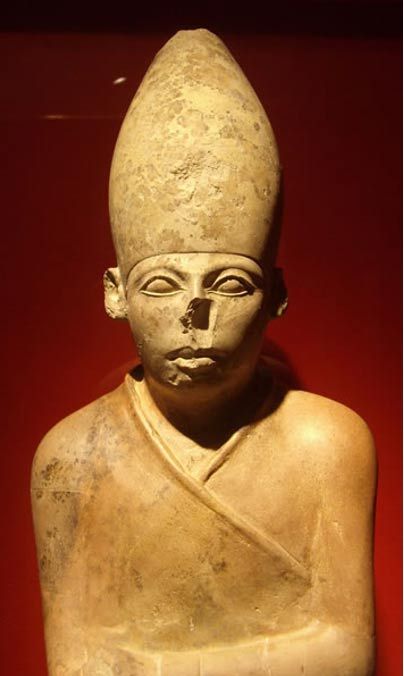
King Khasekhem whose name means 'the Powerful is Crowned' was a native of Hierakonpolis. It is thought that the victory over the North was the reason behind the later change of his name into Khasekhemwy which means 'The Two Powers are Crowned' placing both Horus and Seth over the Serekh, to satisfy both the Northerners and Southerners. At the same time, he chose 'the Two Mistresses are at Peace through Him' to be his name as King of Upper and Lower Egypt. His control over Egypt and apparently the country reunification were accompanied by an energetic building policy that led to advances in architecture.
On the occasion of his coronation, Kasekhem made a temple of several objects commemorating his victory over Northern Egypt. These inscriptions were found engraved on stone, vases and two statues (one of schist and the other of limestone) which depict him seated on a low-backed chair. At the base of both statues, we find the number of enemies or captives captured in his wars against the Northerns which he led so as to reunite the country. The number inscribed is (47, 209), which might be an exaggeration.
Khasekhemwy built his tomb at Hierakonpolis, and Abydos, where it was the largest one in the Second Dynasty. He also had a cenotaph at Saqqara to satisfy the Northerners (for the dual nature of the land).
There are kinship links between the Second and the Third Dynasties. One of Khasekhemwy's wives was the princess Ny-Maat-heb (Ny-Maat-Apis) who was eventually the mother of Djoser. It is clear, however, that the late Second Dynasty was already more a Memphite than a Thinite monarchy. The Khasekhemwy Reign was simply brought an end to the North-South political opposition and established the basic economic, religious and political systems of the Dynastic Period. His reign marks the beginning of a great epoch during the Egyptian Civilization that reached a level of artistic skill and perfection.
